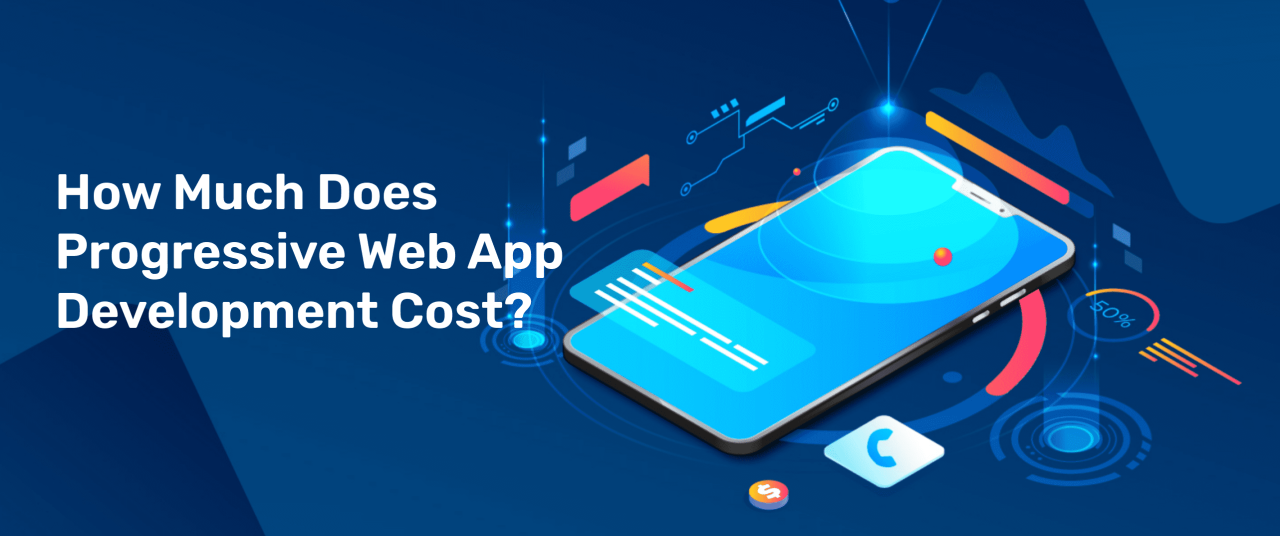How Software Developers Can Quickly Develop Mobile Apps In A Secure Way?

Mobile application creation is a constantly expanding sector in which speed and security are critical success factors. In the modern fast-paced digital world, app developers have to figure out ways to produce high-quality mobile applications swiftly while still assuring user data protection. This blog article will give developers great insights and practical recommendations on how to design mobile apps effectively while maintaining security.
In this article we will determine what can help developers to develop an application faster by looking at the following:
- 1. Make the Foundation of the Application Strong
- 2. Leverage Secure Development Frameworks
- 3. Make Security Testing a regular practice
- 4. Maintain Up-to-Date Resources and Dependencies
- 5. Implement Secure Storage and Data Transmission
- 6. In a nutshell
Make the Foundation of the Application Strong
It is critical to have a solid foundation from the start when developing a safe mobile app. This includes the following:
- 1. Secure Programming Practices
- 2. The importance of Encryption
- 3. Include Secure User Authentication systems
Follow safeguarded coding rules such as input validation, and safe data storage, as well as prevention of standard vulnerabilities such as cross-site scripting (XSS). All coding must adhere to the safety guidelines set.
Use encryption methods to protect sensitive data while it is being stored and sent. For secure network connection, industry-standard encryption technologies such as SSL/TLS can be used.
Use strong authentication systems such as two-factor authentication (2FA) or biometric authentication to guarantee that only authorized users have access to the app.
Leverage Secure Development Frameworks
Use safe development frameworks and libraries to speed up development while maintaining an advanced level of security. Such frameworks provide pre-built components and features with integrated security measures. This lowers the development time and the likelihood of vulnerability introduction.
Some Examples
“React Native, Xamarin, and Flutter” are examples of safe mobile development frameworks. These frameworks provide security-focused plugins and libraries for important security activities including encryption. And can be used for safe data storage, and verification of input.
Make Security Testing a regular practice
Throughout the development phase, carefully verify your mobile app for vulnerabilities and security flaws. It’s always better to be safe than sorry. This includes the following:
- 1. Static Analysis of Codes:
- 2. Always reach for Dynamic Testing:
- 3. Take other’s opinions via User comments:
Identify potential security weaknesses in the source code using automated code analysis techniques. These tools can assist in identifying typical vulnerabilities such as unsecured data storage, incorrect input processing, and code injection hazards.
Conduct attack simulations and vulnerability scanning on your mobile app to replicate real-world assaults. The technique aids in the detection of vulnerabilities that may not be obvious during static code analysis.
Encourage users to submit comments on the security of the app. Establish a bug bounty program or incentive scheme to encourage people to disclose any security flaws they find.
Maintain Up-to-Date Resources and Dependencies
It’s always a good idea to update the libraries, frameworks, and dependencies used in your mobile app development on a regular basis. Programmers sometimes rely on third-party components, which may have security flaws that are resolved in later releases. You may benefit from the most recent security patches and features by keeping your dependencies up to date and averting risk.
Implement Secure Storage and Data Transmission
Ensure that sensitive data is transmitted and stored securely within your mobile app:
- 1. APIs that are secure
- 2. Encryption of data
- 3. Protected Data Storage
Use secure protocols such as HTTPS for data communication between the app and backend services, and encourage the use of secure APIs. To prevent unwanted access, use API authentication and permission techniques.
Encrypt critical user data at rest as well as in transit. To protect data from possible intrusions, use robust encryption techniques and secure key management practices.
Keep unneeded sensitive data off the user’s device. If data storage is required, use the operating system’s secure storage facilities. For example- Keychain on iOS and Keystore on Android.
In a nutshell
For software developers, developing mobile apps fast and securely is a difficult undertaking. Developers may guarantee that their mobile applications deliver a strong and safe experience for consumers while satisfying project requirements by considering security from the start and throughout the development lifecycle.
We hope that our article was useful to you and if you need a mobile app team or developer, just contact us. Based on our experience, we know how to accelerate the development of mobile applications without compromising the quality of the end product.






Comments are closed.